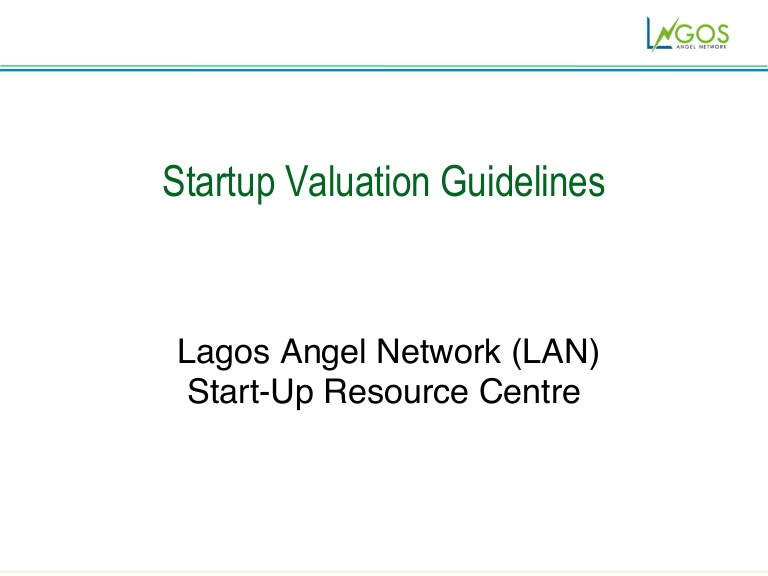Contents
Operating profits do not consider the leverage aspect but net profit margins consider the impact of leverage and the net impact of taxes too. The table below captures the subtle difference between operating profit and net profit.. EBITDA stands for earnings before interest, taxes, depreciation, and amortization. It is a financial metric used to analyze the business performance of a company at an operational level.
The formula of profit helps a corporation to make a sustainable profit. If a person knows about profit and loss and wants to be a loyal and successful entrepreneur, then he must know how it works. Operating income is used to determine a company’s operating margin which makes clear what the company’s operating efficiency is. Thus cost of goods sold includes only those components which go directly into the making of products.
Use this margin calculator to easily calculate your profit margin , your gross or net profit or the revenue required to achieve a given margin. Enter the cost and either the total revenue, the gross/net profit or the gross/net margin percentage to calculate the remaining two. This value does not include any profit earned from the firm’s investments and the effects of interest and taxes. Net profit margin is the residual profit after meeting other costs like interest and taxes.
The operational margin ratio is a measure that determines how much profit a company makes on a rupee of sales. Since they demonstrate a company’s effectiveness in managing its operations and capacity to convert sales into profits. This is because these did not arise from Netflix’s core business operations. Likewise, this operating value excludes all income from the ancillary activities of the corporation, such as earnings from individual companies in which a company might be partially invested. The net income formula is used to calculate the net earnings of the business. Net income is equal to the value of revenue generated minus expenses, interest, and taxes.
To produce revenue, very asset-intensive businesses must make large investments in machinery and equipment. Low profitability ratios are almost always a bad thing, but they aren’t always. Low profitability may indicate that the company is still growing. In addition, the company spends Rs.10 Lacs in production related costs. NOI’s gross operating income also considers the losses due to the vacant property making NOI a credible metric, unlike the cap rate, which neglects these losses. It helps the lenders understand the risk and potential of the assets that they choose.
This is a hint to the company management to look at its borrowing policy and also at its borrowing costs. NOI calculation does not involve other variable costs like mortgage expenses and income taxes. So, it might overestimate your gains if you depend on NOI for your overall profits earned through the investment.

Earnings before deduction of Interest and taxes is known as EBIT. It takes into account Net revenue after deduction of cost of goods sold . It adds back Interest and tax expenses after deducting operating expenses and depreciation & amortization. It is the amount of profit derived from adding interest and tax with Net income. It even includes non operating income & expenses (like Profit / loss on assets, interest income, obsolete inventory charges, etc). A profitability ratio is also a useful tool for analyzing and comparing similar businesses or periods.
What is Operating Profit Ratio?
When comparing the profitability of different organizations and industries, analysts frequently use a profitability ratio since it eliminates the impact of accounting, finance, and tax rules. It is calculated by multiplying the interest rate by the principal amount owed on the debt. A one-time item is a revenue increase, decrease, or expenditure that occurs just once. A remark that is one-time only and so not regarded part of a series of continuous business operations of the corporation.

And other expenses incurred in evaluating a company’s operations. It is an unbiased estimate of a financial statement’s additional earnings, which may subsequently be used to expand the firm. Investors regularly monitor operating profit to gauge a company’s efficiency over time. All expenditures connected with running your primary business activities are included in operating expenses.
Calculation of COGS
We also need to know what all are included under cost of goods sold which is the main component which differentiates between Gross Revenue and Net Revenue. For valuation purposes operating earrings/income is also a useful tool for comparison purposes among other companies in the peer groups. The major multiples are used in terms of valuation are – EV/EBITDA; EV/EBIT etc.
Looking at total revenue or the “bottom line” of their income statement isn’t enough for most business owners. It’s crucial to dig deeper, and reviewing your operating income every month can help shed more light on your company’s overall health. The operating profit margin is frequently regarded as the best of the three. After all, operating expenses have been removed from sales, this is the result. As a result, the net profit margin appears to have improved dramatically from the previous year, even though the operating profit margin did not.

It gives an idea to investors how efficient a company/seller is in converting sales into profits. That said, it also reveals how competitively one can sell a product or service since https://1investing.in/ competition is always tough among sellers. A high-profit margin means that a company is doing well, while a low one means it has to improve its operations to become profitable.
Non-Operating Expenses versus Operating Expenses
The EBITDA calculation is a financial metric used to determine a company’s operating profitability. Since it does not take into account the outside factors such as , it depicts the net operating income of the company in accounting standards. It indicates the shape and health of a company at an operational level. A higher EBITDA denotes that the company has fewer operating expenses and higher earnings, indicating that the company is lucrative for investment.
Note that this also includes dividend declaration and price-earnings (P/E) ratios for stocks and shares. Moreover, it is very useful for employees to understand their salary and wage structure. The profit formula helps them all to determine how much they earn from the company after tax and other statutory deductions. With the help of the profit formula, one can also determine how much money is available for making payments to investors on exit. Non-operating incomes & expenses both can affect the bottom line of an income statement either positively or negatively based on the amount of Income or Expense.
- A high, low or good operating margin ratio depends on the company’s past performance, the industry to which it belongs, and competitors belonging to similar industries.
- Let us understand it practically from a case study to simplify the differences between the two.
- This ratio examines how successfully a corporation manages the expenses of inventory and product manufacturing, and then passes those costs on to its customers.
- Other than that, these expenses are said to play a vital role when it comes to ascertaining the net earnings of a firm during any given period.
- It indirectly measures the productivity of the company along with its potential to generate additional earnings which can then be used to help expand the company some more.
- Should the operating profit increase significantly over time, the more efficiently is the company in question’s core business being handled.
As a result, a lower ROA suggests a corporation that is more asset-intensive. Operating margin accounts for costs of production that are not directly tied to the manufacturing operating income formula of the product or services, such as overhead and administrative expenses. There are a variety of profitability ratios included in this category, which are listed below.
Limitations of Operating Margin Ratio
Furthermore, to produce revenue, organizations with a greater asset intensity must invest a large amount in machinery and equipment. If you know only the cost and the profit, simply add the two together to get the revenue, then substitute in equation #2 again. Simply enter the cost and the other business metric depending on the desired output and press “Calculate”.
Advantages and disadvantages of NOPAT
This helps them determine whether they ought to continue to stay invested in a company or take their money elsewhere. Operating profit also helps determine the business’s worth for a potential buyout. Should the operating profit increase significantly over time, the more efficiently is the company in question’s core business being handled. This NOPAT formula is used when you are aware of your operating income and the tax rate. The operating income of a business is calculated by subtracting gross profit from operating expenses.
